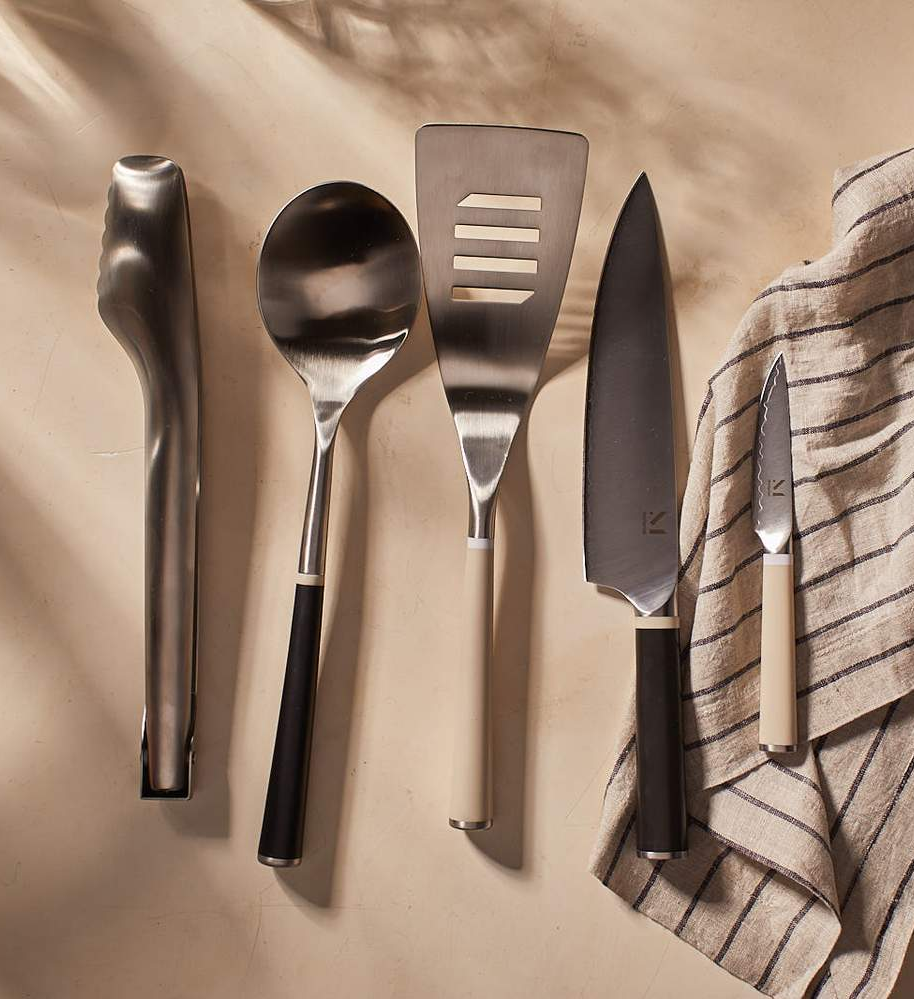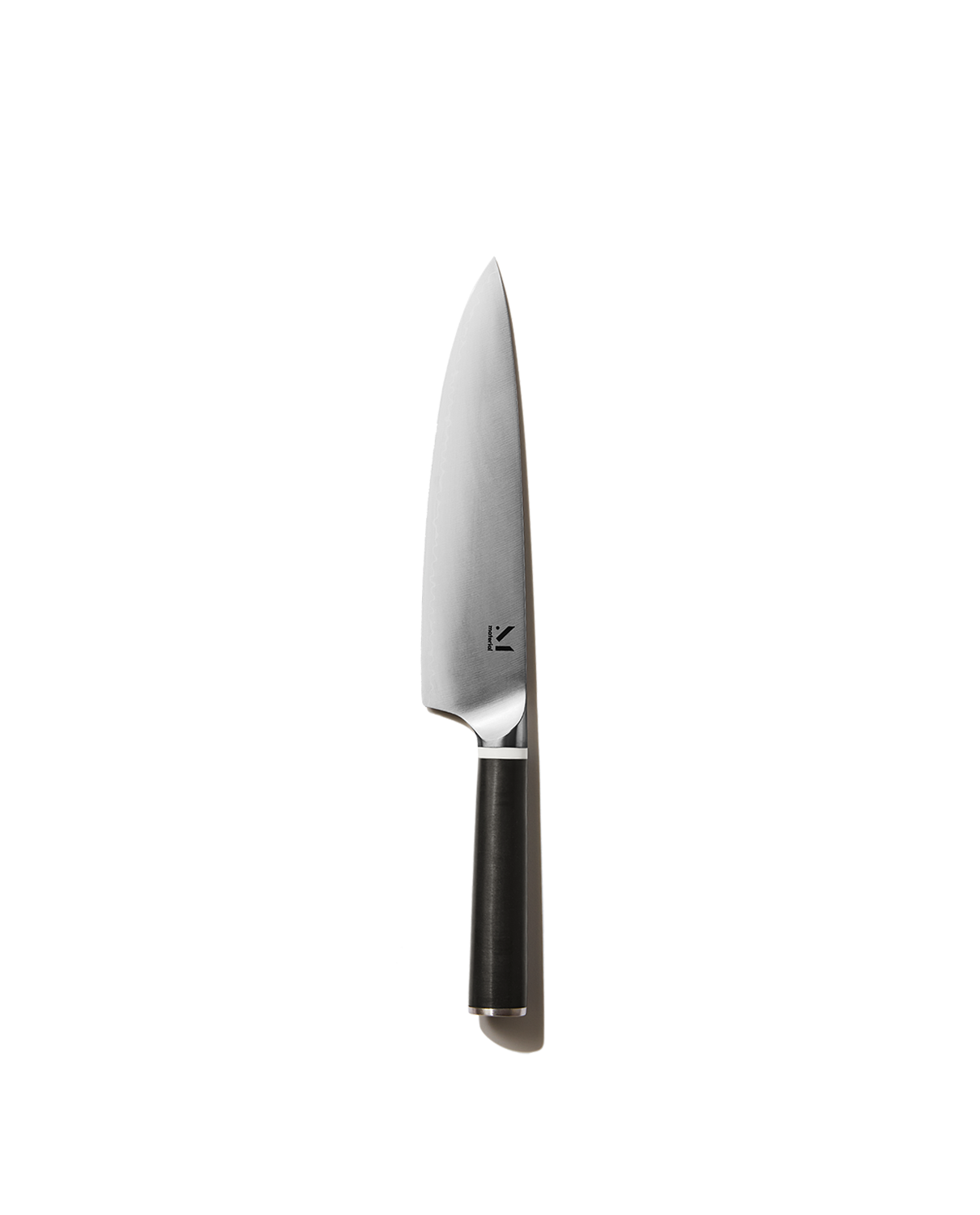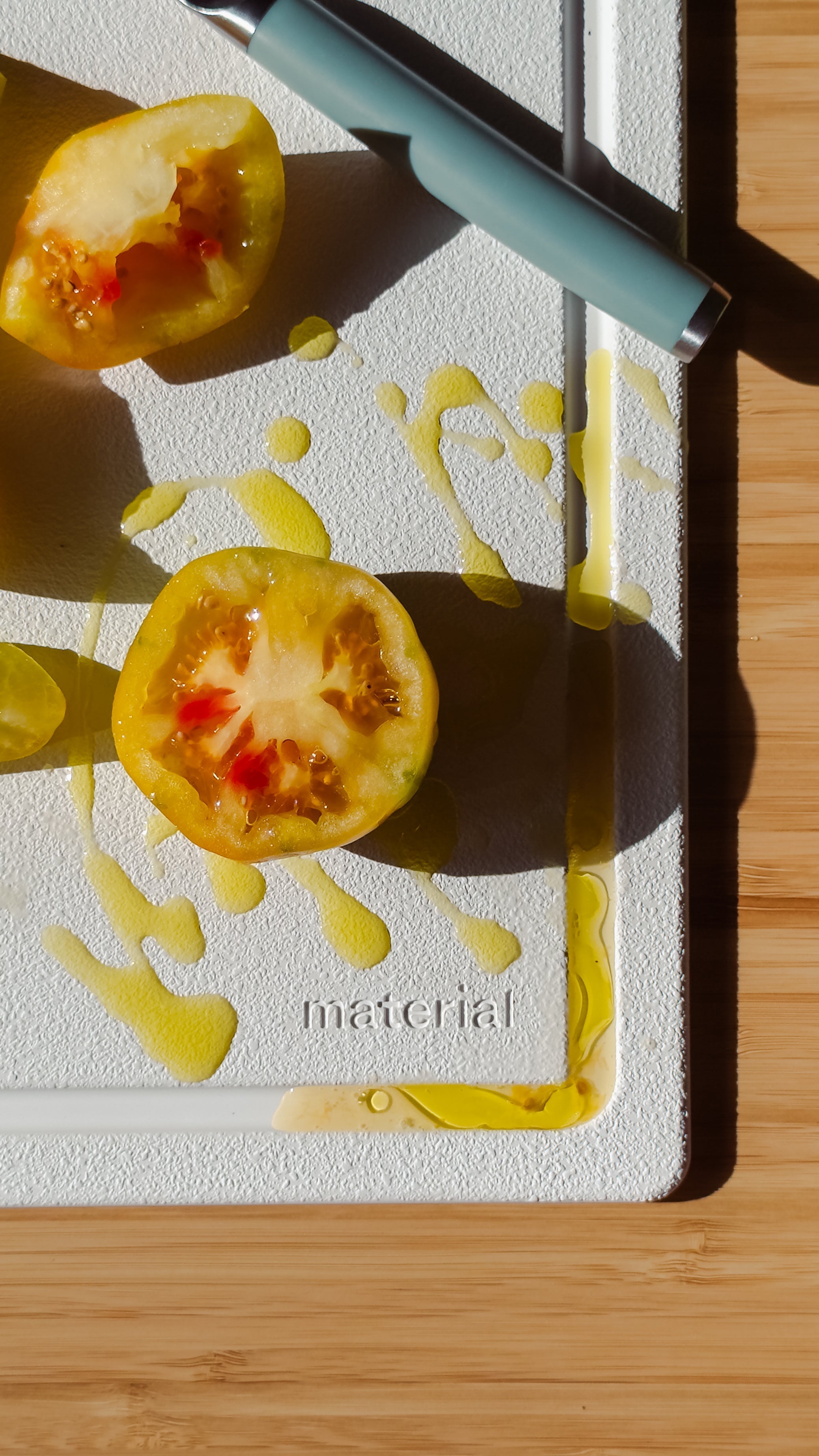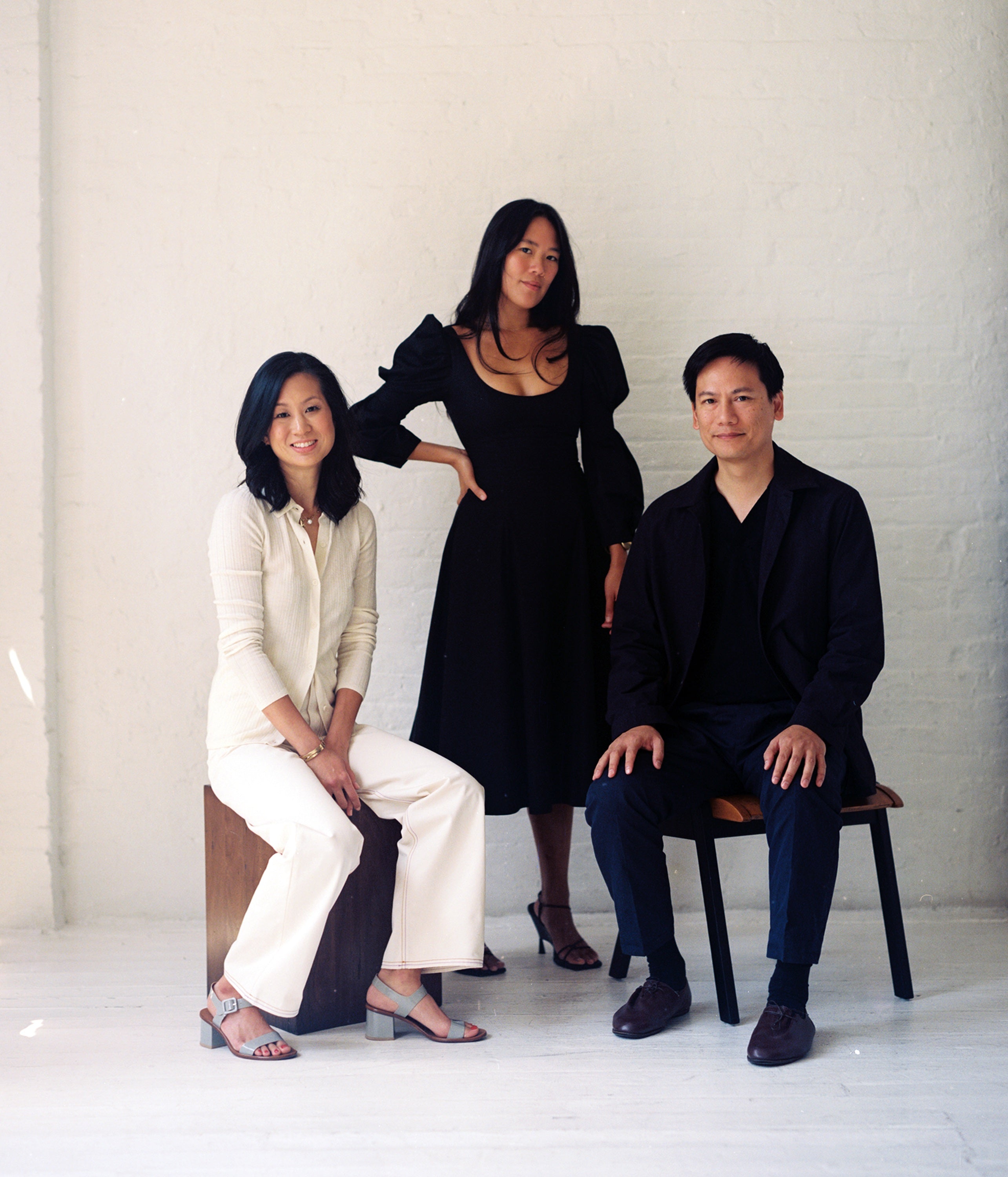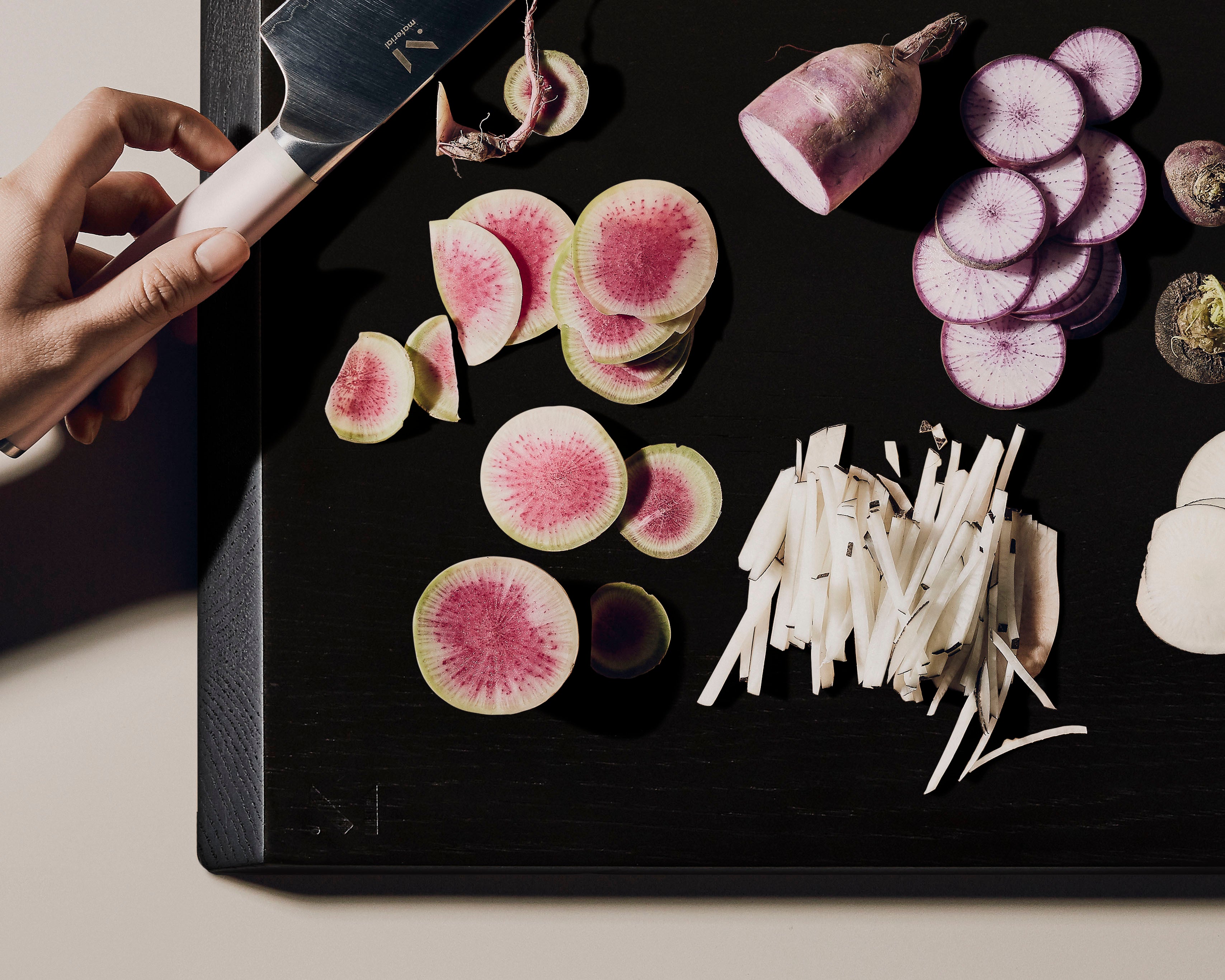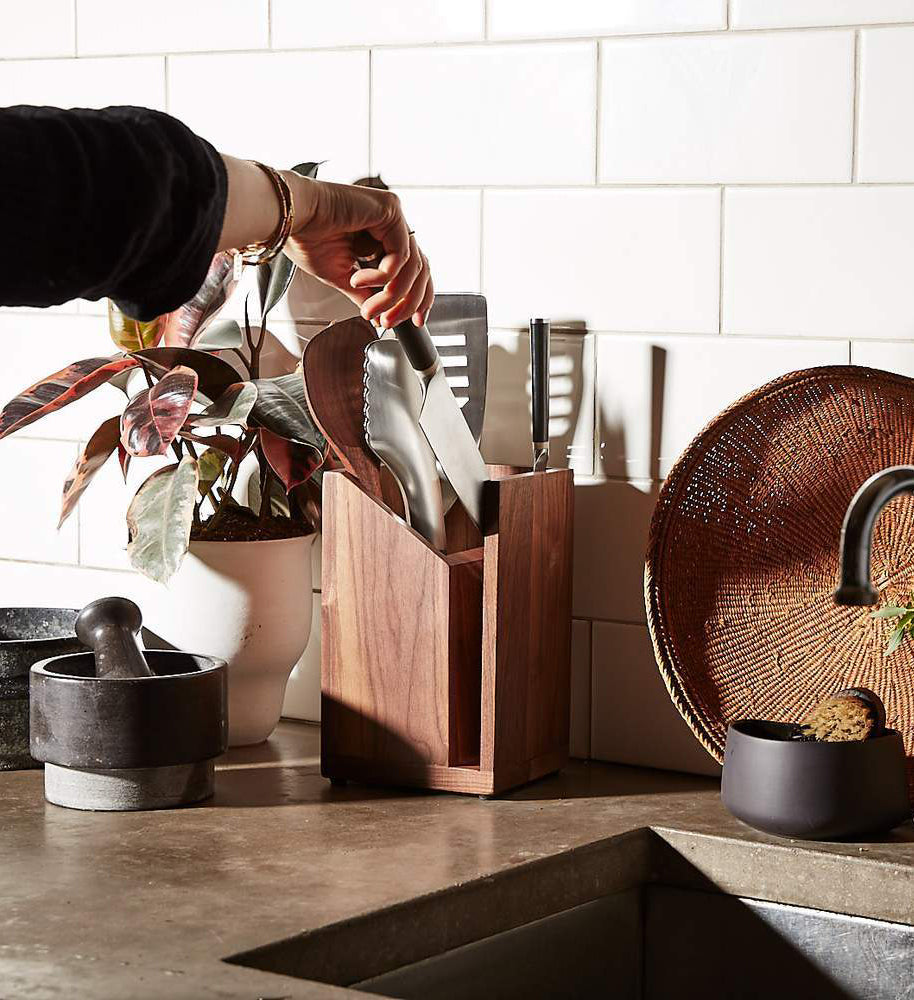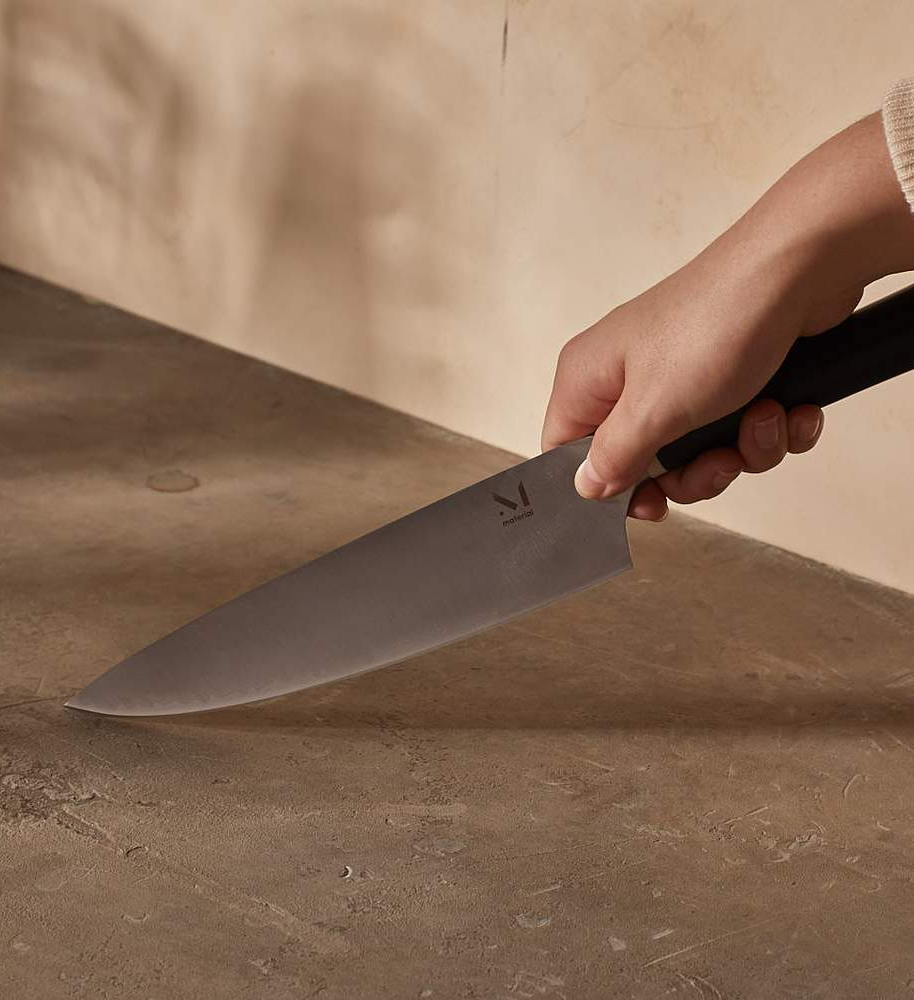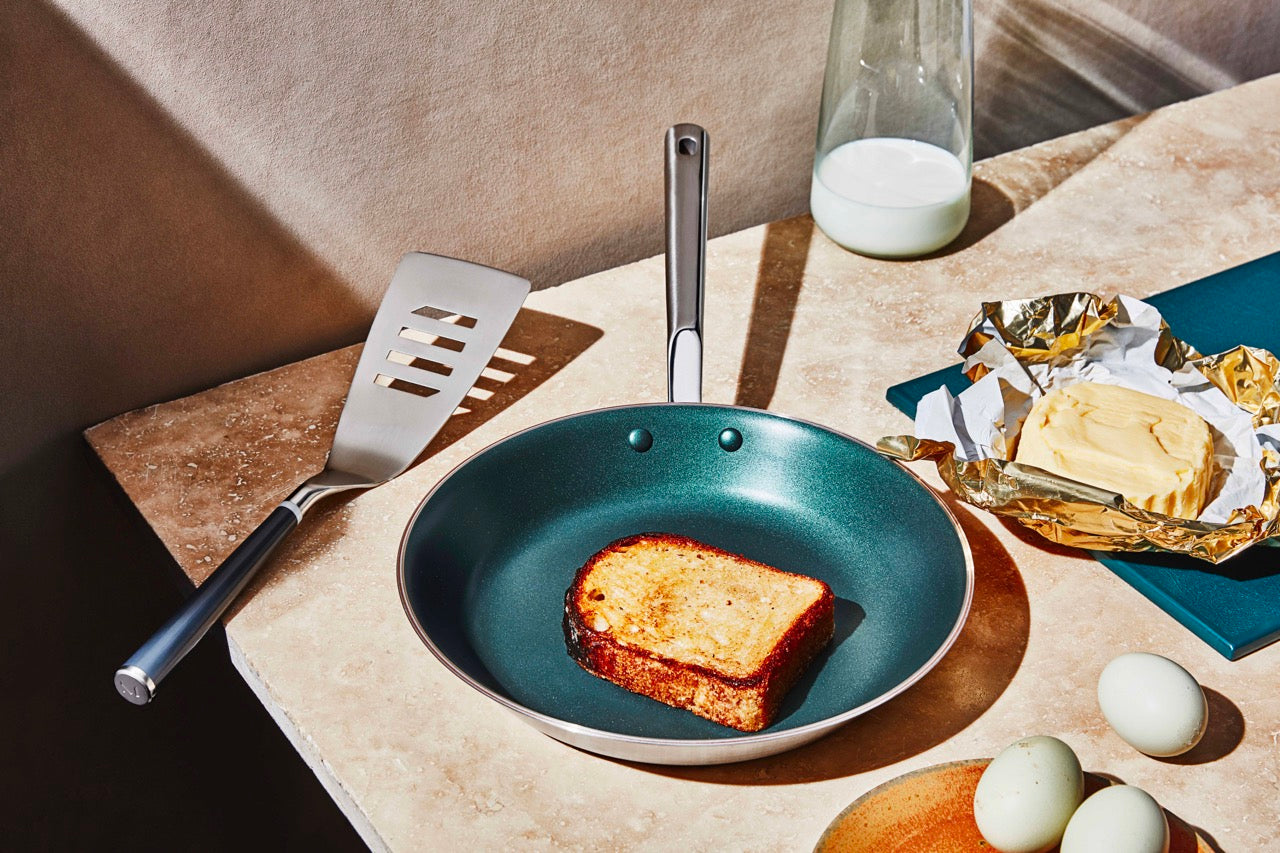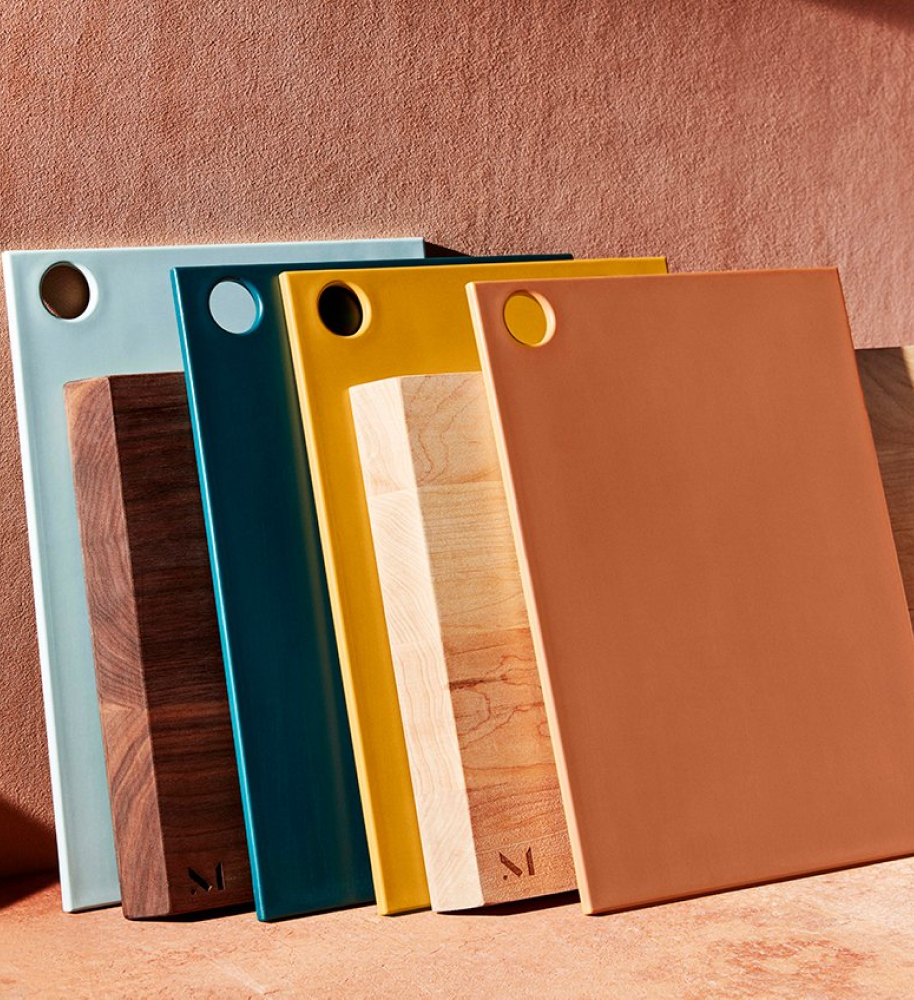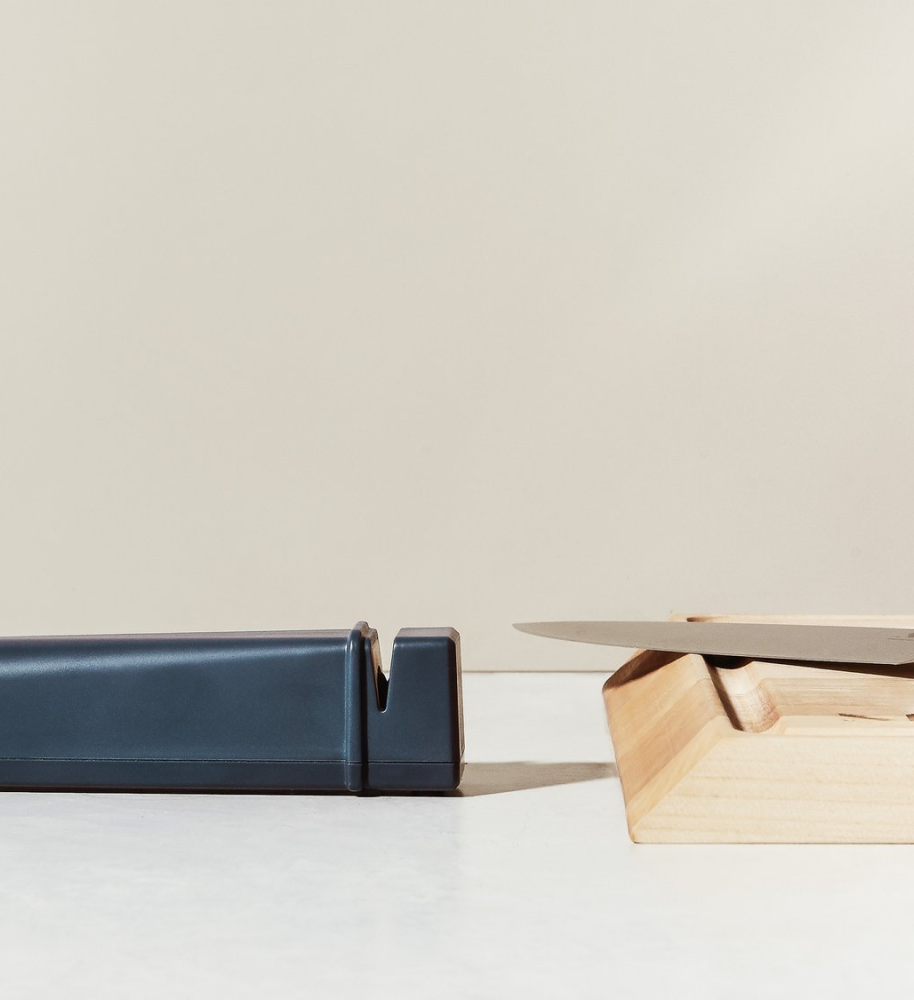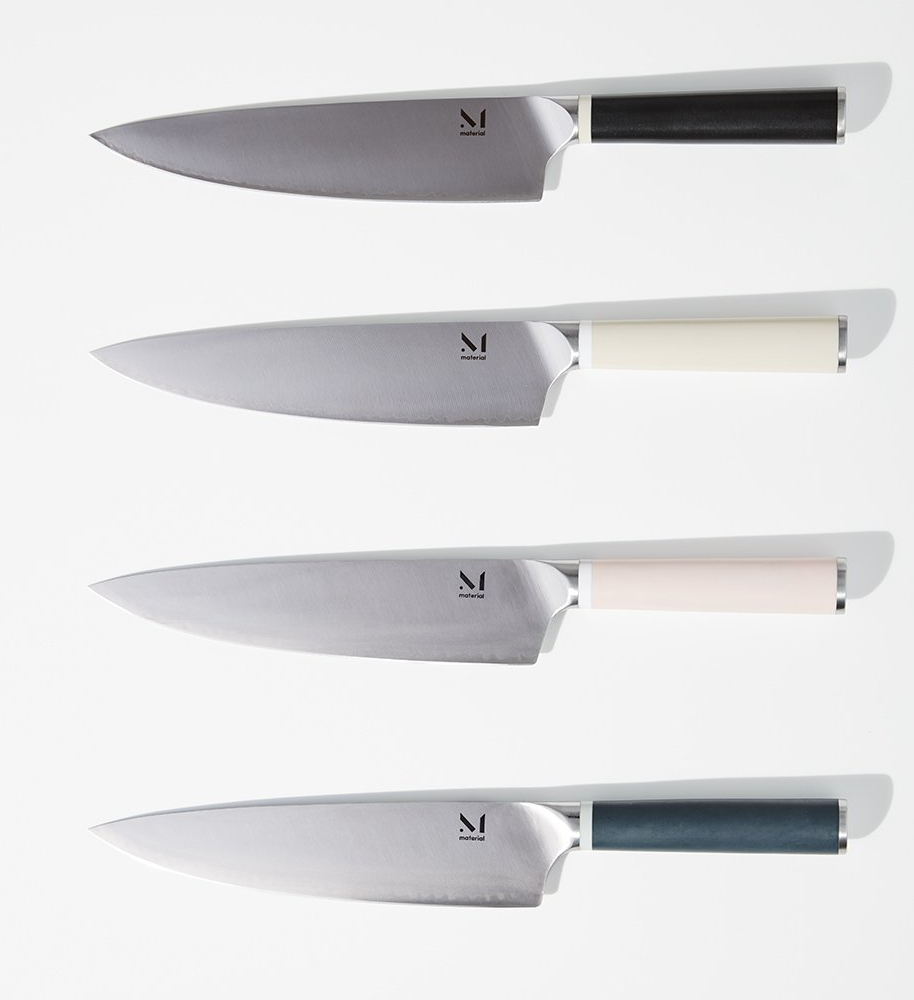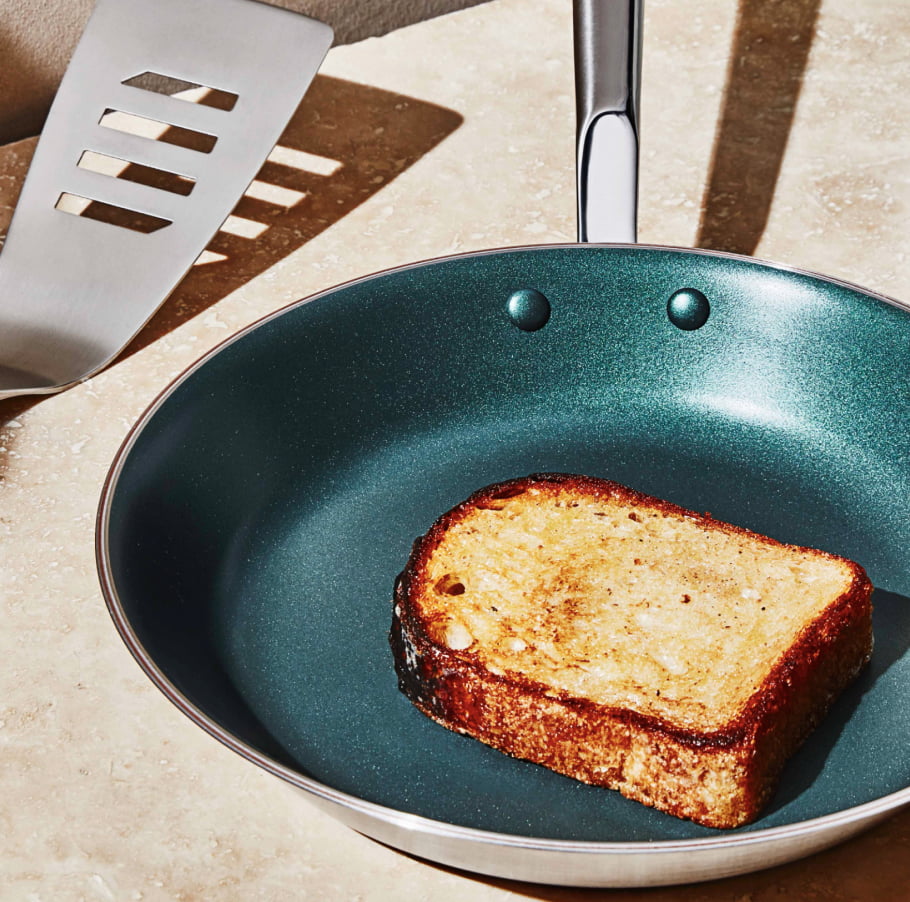From fridges to frying pans, nothing says good design like stainless steel. It’s long been a hallmark of quality kitchenware, but if you’ve ever wondered why, you’re not alone. Here’s the real reason people go wild for stainless.
A good recipe
Unless a piece of metal is a pure element, like gold or copper, it’s an alloy: a blend of multiple metals and minerals that, like the ingredients in a recipe, work better together to make a superior material. Iron is tough and weighty, but can rust; carbon on its own is brittle, but can strengthen other metals. Even “pure” pieces of cookware like copper are usually fortified with other materials to make them stronger, more food-safe, and more user-friendly.
All steels are alloys of iron and carbon, and some pieces of cookware are just that: high-carbon steel. That material is often used in knives, particularly in Chinese and French traditions, because it’s easy to produce and results in an exceptionally tough blades with razor-sharp edges. But high-carbon steel also rusts easily, and requires special care to keep it at its best. Which makes it nice for specialists, but not the best choice for general-purpose cooking.


That lives up to its name
Stainless steel is a modified steel alloy with two star ingredients: chromium and nickel. Both of them prevent rust from exposure to water and corrosion from exposure to acid, for a piece of metal that’s not only, well, stainless, but can also handle whatever abuse you throw at it in the kitchen. Stainless steel can also be polished to a lustrous silver shine that looks stunning in every setting, and it’s easy to maintain: just cook, wash, dry, and repeat.
Makes you a better cook
Unlike cast iron or high-carbon steel, stainless doesn’t rust. But it does feel weighty in the hand, as a hunk of metal should. This isn’t just to look and feel nice: it also makes for kitchenware that you can control more accurately. If you’ve ever picked up a heavy professional camera, you’ve probably noticed that it’s actually easier to hold steady than a featherweight camera phone. Dense metals like stainless are less likely to fly around in your hand than cheap plastic. They subconsciously force your body to move a little more deliberately while minimizing small shakes and flicks of the wrist—all of which translates to more confident motions while you’re cooking.


And lasts forever
As with other alloys, stainless steel is built to last. Short of leaving a steel knife in a ripping-hot oven overnight, there’s not much you can do to damage it.
If there’s one downside to stainless, it’s that this longevity comes at a slight cost of hardness. Compared to high-carbon steel, the 18/10 stainless alloy isn’t quite as hard. Which isn’t an issue for most pieces of kitchenware, but for items with thin edges like knives, it can make a subtle difference. Which is why we designed our chef’s knife and paring knife in three layers. The middle is made from high-carbon steel for a razor sharp edge that stays sharp for a long time. Then we clad it with a layer of stainless steel on each side, to protect the knife and keep it impervious to rust and other kinds of damage.
The result is a tool that combines exceptional sharpness with easy maintenance. It’s the best of both worlds—just like an alloy.
